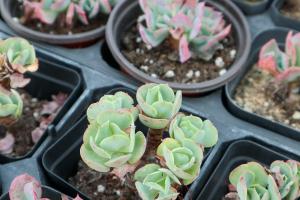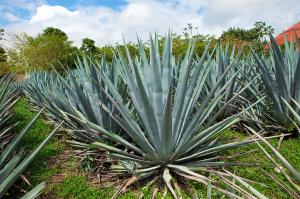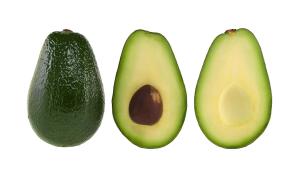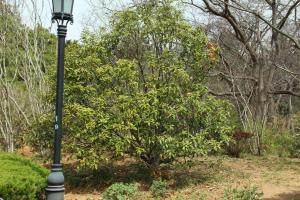How to Make Disposable Pots for Garden Plants
Growing your own plants is a rewarding experience, but finding the right pots can sometimes be a challenge. Why not make your own disposable pots using materials you likely already have at home? Here’s how to get started.
What You’ll Need
To make your own disposable pots, you’ll need:
Newspaper
A can or glass jar
A pair of scissors
A ruler
A pencil
Step-by-Step Instructions
Here’s how to make your own disposable pots:
Cut a sheet of newspaper into a rectangle that measures 24 by 8 inches.
Fold the sheet in half lengthwise, then fold it in half widthwise to create a crease in the middle.
Place the can or glass jar at one end of the newspaper, and roll the newspaper tightly around it. Make sure to wrap the newspaper around the jar at least twice.
Secure the edges of the newspaper with tape, making sure they are tight and secure.
Slide the jar out of the newspaper, and fold the top of the newspaper over to create a flat bottom for your pot.
Use your ruler and pencil to mark where you want to cut the newspaper, ensuring the pot is at least three inches high.
Cut along the marked line with your scissors, being careful not to cut too low and create a hole in the bottom of your pot.
Your disposable pot is now complete! Simply fill it with soil and add your plant.
The Benefits of Disposable Pots
Making your own disposable pots has a number of benefits.
Firstly, it’s an environmentally friendly option. When your plant outgrows its pot, you can simply remove it from the disposable pot and compost the newspaper. This eliminates the need to purchase plastic pots, which can take hundreds of years to decompose and can be harmful to the environment.
Additionally, disposable pots are a cost-effective alternative to purchasing pots. They’re also easy to make and can be customized with different types of newspaper or even colorful wrapping paper, making them a fun option for kids and adults alike.
In Conclusion
Making your own disposable pots for garden plants is a simple and sustainable solution that allows you to repurpose materials you likely already have at home. Not only is it environmentally friendly, it’s also a cost-effective and customizable option that can make your gardening experience even more enjoyable.

 how many times do yo...
how many times do yo... how many planted tre...
how many planted tre... how many pine trees ...
how many pine trees ... how many pecan trees...
how many pecan trees... how many plants comp...
how many plants comp... how many plants can ...
how many plants can ... how many plants and ...
how many plants and ... how many pepper plan...
how many pepper plan...
































